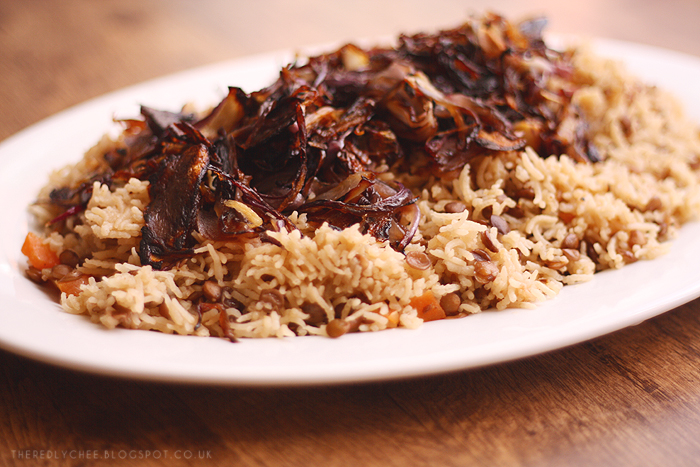We've been having some glorious weather recently. The skies have been bright and the sun has been shining with full force. It really does put a bit of a zing in your step. Of course, on the flip side, good weather always seems to bring out the worst in drivers in London. Maybe it's because they're in a rush to enjoy the sun whilst it lasts, but they can be crazy at times. And don't even get me started on using public transport in London during the summer. It's an arduous and sometimes traumatizing experience...
Nonetheless, as I've mentioned many times, the sun always puts me in a good mood. And maybe it's an unconscious thing, but the food I eat seems to become more colourful in the warmer months. This homemade lemon curd is pretty much sunshine in a jar. I was oohing and aahing like a child at its colour as I was making it.
I may not have the worlds biggest sweet tooth, but I love citrus flavoured desserts. I love the freshness and the slightly sharp note that cuts through the sweetness. This lemon curd is bold and vibrant, perfect for the warm weather. It tastes great on toast, on cheesecakes or with meringue. My personal favorite way is to top Greek yoghurt with it and top it with some almonds and golden sultanas. It's a very quick and easy dessert that doesn't come with too much guilt at the number of calories it contains!
I used the popular recipe from BBC Good Food to make this lemon curd. I was put off it at first because the mention of using a double boiler method just seemed like too much effort to me (I've lost count of how many times I've mentioned on this blog what a lazy cook I am). However, it can all be made within an hour and it requires very little equipment, so minimal washing up. Win.
The only thing I found difficult was sterilising the jars. I had these cute kilner jars that I wanted to use. I thought it would be fine to just wash the jars out with boiling soapy water and then leave them to air dry. However, as soon as I poured the water straight from the kettle into the glass jar, the bottom of the jar just clean split away. I was pretty sad that I had wrecked the jar with a silly rookie mistake. Then I found an old honey jar and second time round made sure to wash it out with hot (but not boiling hot!) soapy water. I then put the jar in the oven at a cool temperature, probably about 140C to dry out.
The only other thing I would mention about this recipe is that you need to make sure that you adjust it to your liking. The Good Food recipe uses the juice of 4 lemons. I squeezed them out pretty hard, and as a result, the taste was very sharp. If you would prefer something a little less tart, then I would recommend either using 3 lemons, or squeezing 4 lemons lightly. This recipe yields quite a lot of lemon curd, about 500g. I was able to fill a 340g jar fully, and still had about 150g-200g left. I would also say that it will keep for about 1-2 weeks in the fridge, and longer if your freeze it.

























